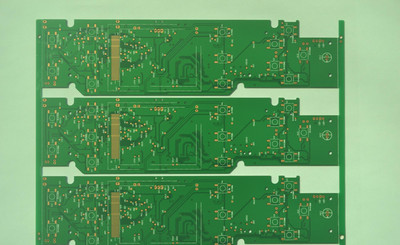 +86 755 2794 4155
+86 755 2794 4155  sales@knownpcb.com
sales@knownpcb.com
-
Shenzhen KNOWNPCB Technology Co., Ltd.
 +86 755 2794 4155
+86 755 2794 4155  sales@knownpcb.com
sales@knownpcb.com
 2023-10-17
2023-10-17
 317
317

1. Why do I need to plug holes when BGA is in resistance welding? What are the acceptance criteria?
Answer: Firstly, the solder plug hole is to protect the service life of the through hole. The hole diameter required for the BGA position plug is generally relatively small, ranging from 0.2 to 0.35mm. During the subsequent processing, some of the medicine in the hole is not easy to dry or evaporate, and it is easy to leave residue. If the solder plug hole is not plugged or not full during the solder plug, there will be residual foreign objects or solder beads in the subsequent processing such as tin spraying and gold deposition, which will be heated when the customer installs the component for high-temperature welding, Foreign objects or tin beads inside the hole will flow out and adhere to the component, causing defects in the performance of the component, such as open circuit or short circuit. BGA is located in the solder plug hole A. Be sure to plug it fully. B. There should be no redness or false copper exposure. C. There should be no protrusions that are too full and higher than the adjacent solder pads that need to be welded (which will affect the effectiveness of component installation).
2. What is the difference between the countertop glass of an exposure machine and regular glass? Why is the reflector of the exposure lamp concave and uneven?
Answer: The table glass of the exposure machine will not produce light refraction when light passes through. If the reflector of the exposure lamp is flat and smooth, according to the principle of light, when the light shines on it, it forms only one reflected light that shines on the board to be exposed. If the light is uneven and concave, according to the principle of light, the light that shines on the concave and convex areas will form countless scattered light, forming an irregular but uniform light that shines on the board to be exposed, improving the exposure effect.

Or call +86 755 2794 4155
Inquiry Now

